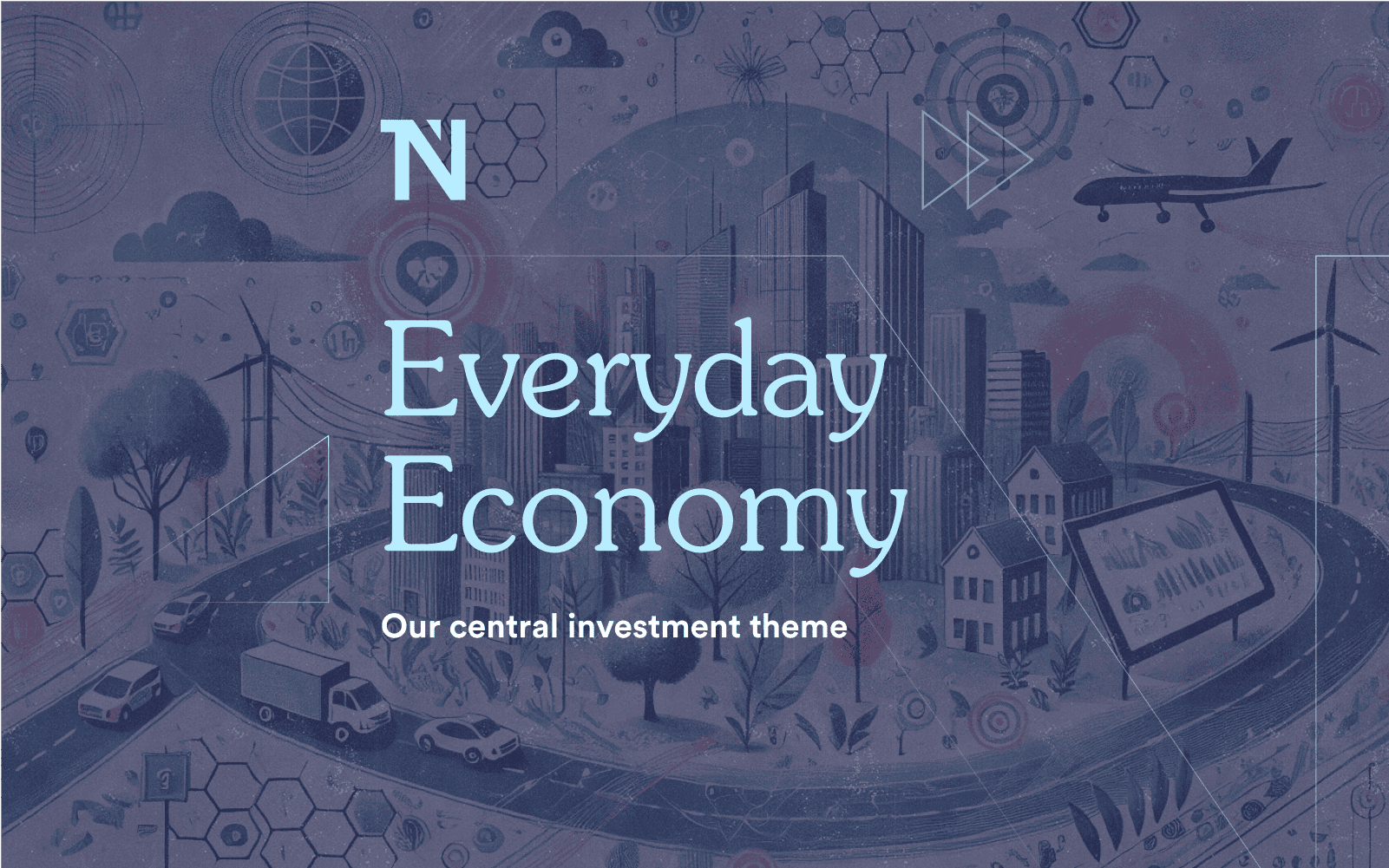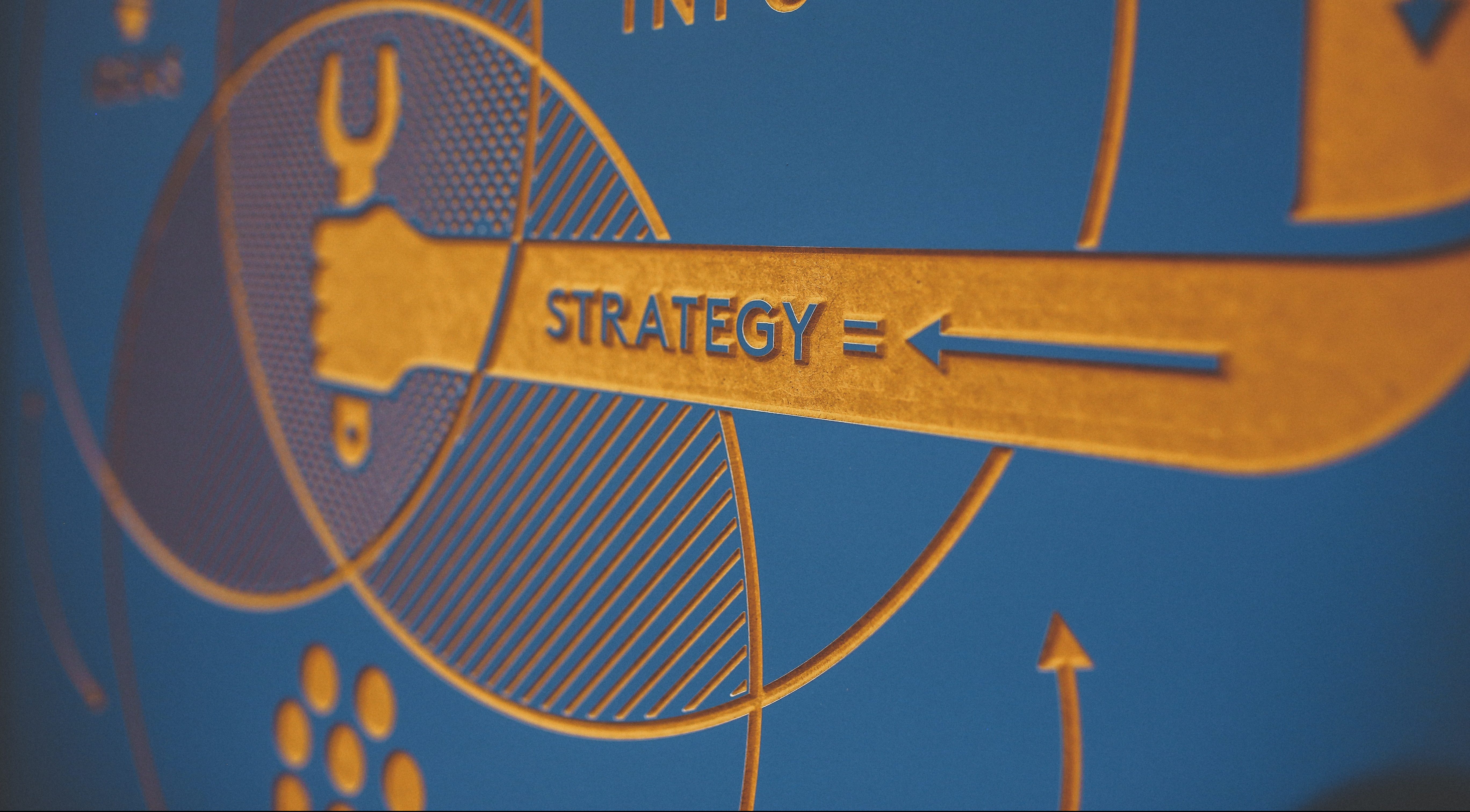


JDCC: What Makes Winning and Lasting Companies
What do you look for?
It’s a question I’ve asked or been asked many dozens of times. Early-stage investing seems like such a dark art, and many smart people end up coming to completely different conclusions about the same company. So how an investor evaluates a company is often a source of discussion or debate. In the end, there is usually something that just clicks or is “special” about companies that gets an investor over the finish line.
I used to have an increasingly long checklist of things I’d look for or consider.
But these days, I only ask myself one question:
“Is this JDCC?”
JDCC stands for “Jaw-Dropping customer value through a Competition-Crushing business model.” I first heard this phrase from some Vistaprint alumni, and it’s actually pretty remarkable how the concept has permeated some other organizations I admire.
The startups I get most excited about tend to have both JD and CC. Let me explain.
JD: What Is Jaw-Dropping Customer Value?
Jaw-Dropping customer value means that a product or service is 10X better, cheaper, or more convenient for some segment of customers.
While this seems like a tall order, the key is that a product or service doesn’t have to be great for everyone — it just needs to be Jaw Dropping for a particular subset of your customers.
Also, of the vectors of better, cheaper, and more convenient, I find that most companies don’t tend to win on “better” but win on one of the other two attributes.
Products with Jaw-Dropping value are products people tend to talk about. Customers who experience this kind of product can’t help but talk to other people about it. They seek out their friends, family, or even strangers online to share their experience because they believe they’ve found something that can solve a pain point they didn’t think could be solved.
Also think that Jaw Dropping products or services often get customers to make trade-offs that they never thought about making before but are more than glad to make. In markets where the status quo is accepted, companies with a disruptive product and operating model says to customers, if you are willing to live with X, in exchange for Y and Z, isn’t that worth it?
Two quick examples for this in the food category.
First, let’s talk about meal kit companies. The service isn’t for everyone, but it’s JD for some. You get perfectly portioned food delivered right to you with well-planned recipes that make you look like a culinary genius. It’s amazing for those who want to cook but don’t have time to plan menus, go to the grocery store to buy just the right ingredients in the right proportions for each meal, and prep everything from scratch. Even though these companies may not have great CC (more on that later), it’s undeniable that they tapped into something Jaw Dropping for several million households.
The second example is MealPal, one of our portfolio companies. Through MealPal, consumers have to order their meal ahead of time and can only choose from one dish offered per restaurant per day (although there are many restaurants in a given area to choose from). But, in exchange, you get great value (lunch for a price that is way below list price) and can skip the line. It’s JD for restaurants, too, because they are able to anticipate demand, prep food ahead of time, and increase their throughput during the busiest time of day.
CC: What Is a Competition-Crushing Business Model?
In general, I feel like JD means that you have the potential to create a product or service people will want.
But having a Competition-Crushing business model means that you may be building a company that has the potential to last.
The challenge is that it’s hard to define CC, and it’s not like there is a checklist of things that one looks for. But here are a few attributes that we have seen from companies with competition crushing business models.
First, many CC companies are very cash efficient. Some business models require a lot of cash for growth. Others can scale very efficiently because of the cash flow dynamics of the business. Examples of this are recurring revenue software businesses that sign annual contracts that are paid up front, with revenue being recognized over time as services are delivered. This is not to say that these businesses may not raise lots of outside capital to invest in growth. But it’s a wonderful thing when there is a business model that not only has a pretty income statement, but quickly brings cash back into the business to invest in the future.
Second, many CC companies exhibit Increasing Returns to Scale: There are a bunch of ways to describe this. Some might call this a network effect, but I think that’s a bit too narrow. I like Keith Rabois’ phrase “accumulating advantage.” The point is, how does this business get better and better with scale? Does the value proposition get stronger? Do operations become more streamlined, substantially reducing costs? Is there a reason why this kind of business might grow just as fast in year 7 as it will in year 3 (or maybe even faster)? Does more success make it that much more difficult for other companies to compete? These are all signals of increasing returns to scale.
One example of increasing returns to scale that isn’t a type of network effect are companies that win on personalization and data. The more customers a company has, the more data they have, the more they can personalize the service, the better the product gets, the more customers they attract, etc. Back to the meal kit companies — my belief is that if these companies were able to personalize more effectively, these businesses would be more robust over time. But the operational friction and complexity involved have, thus far, made this kind of personalization quite challenging to deliver.
Third and often overlooked, many CC companies are very intentional and sometimes peculiar about their hiring practices and corporate culture. This may seem like a stretch, but I do think that some companies have cultures that are so uniquely suited to their business that they become one of the primary engines of a competition-crushing business model. Some companies that come to mind around this are Netflix, early PayPal, Bridgewater, Capital One, and others. These aren’t companies that have the most fun office environments or the best perks, or have the very hardest working people (although intensely hard work does seem to be common across these companies). But they are companies that have decided to really lean in on a few elements of their culture, even to the detriment of others, and built their business and operating models around these attributes.
This isn’t necessarily exhaustive, nor do great companies always have any or all of these attributes. Also, none of these sorts of advantages last forever without being reinvented. But great companies tend to have great business models. Some businesses might emerge and thrive for a while with just JD, but lasting companies tend to also be CC.





